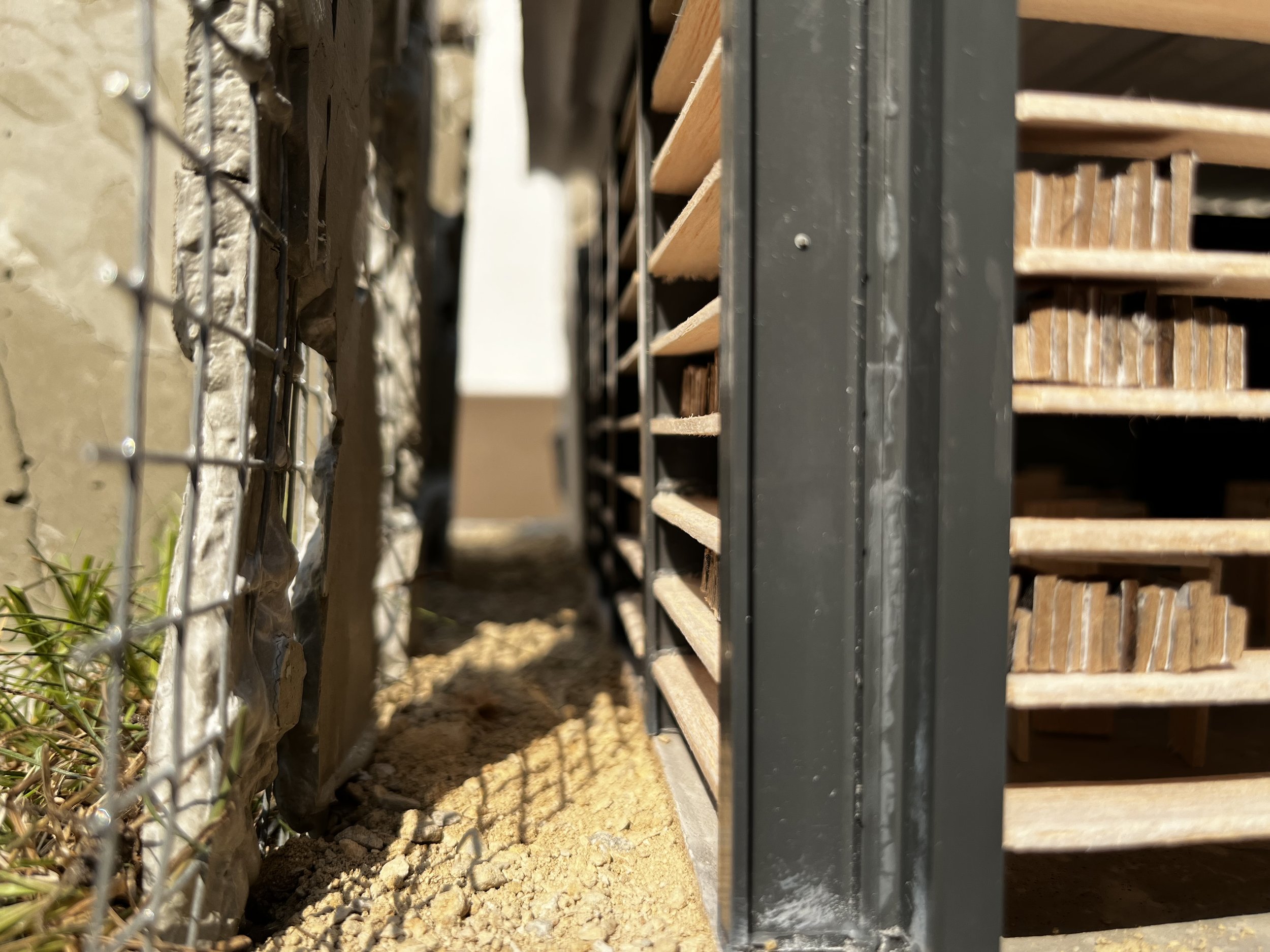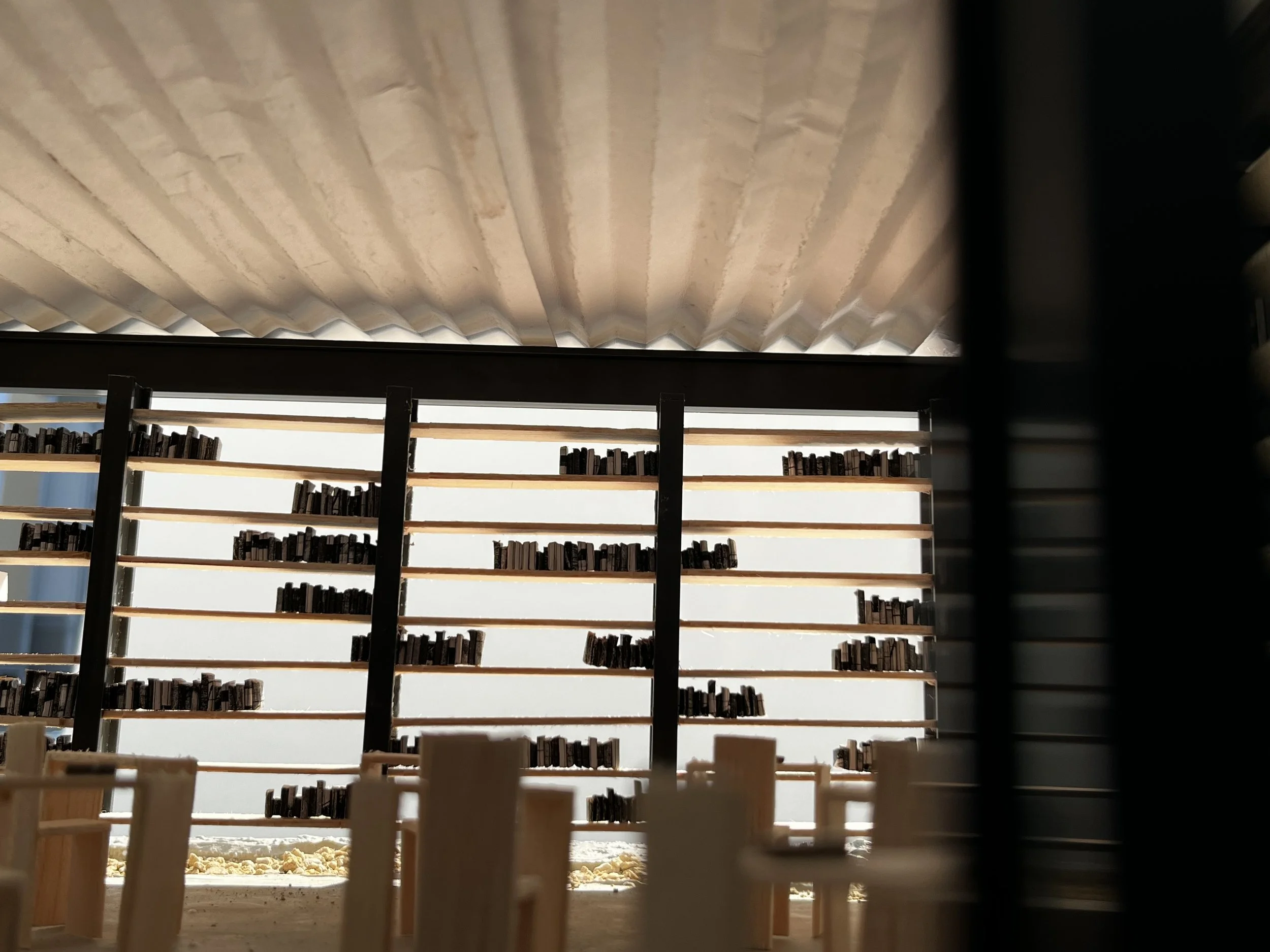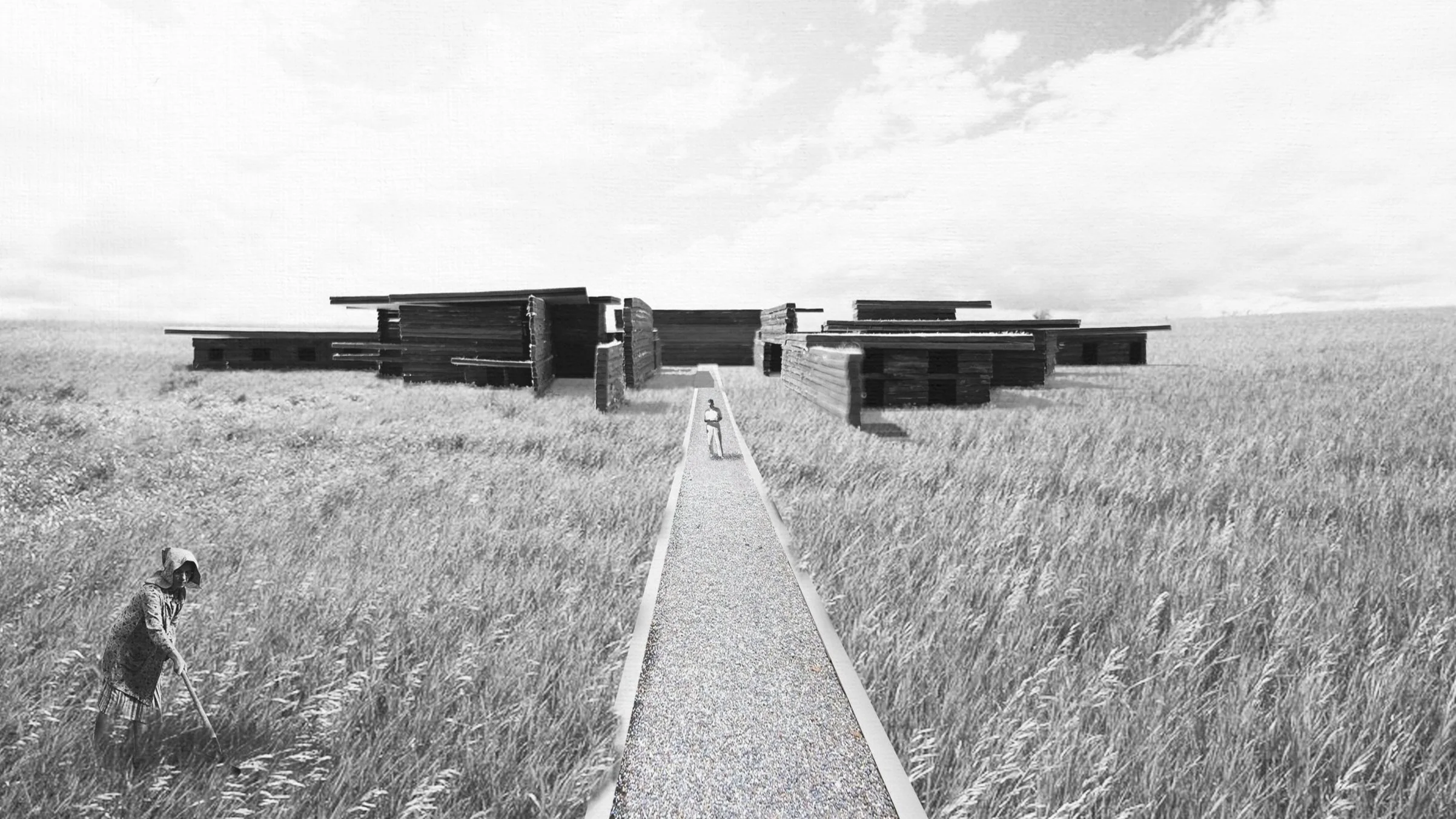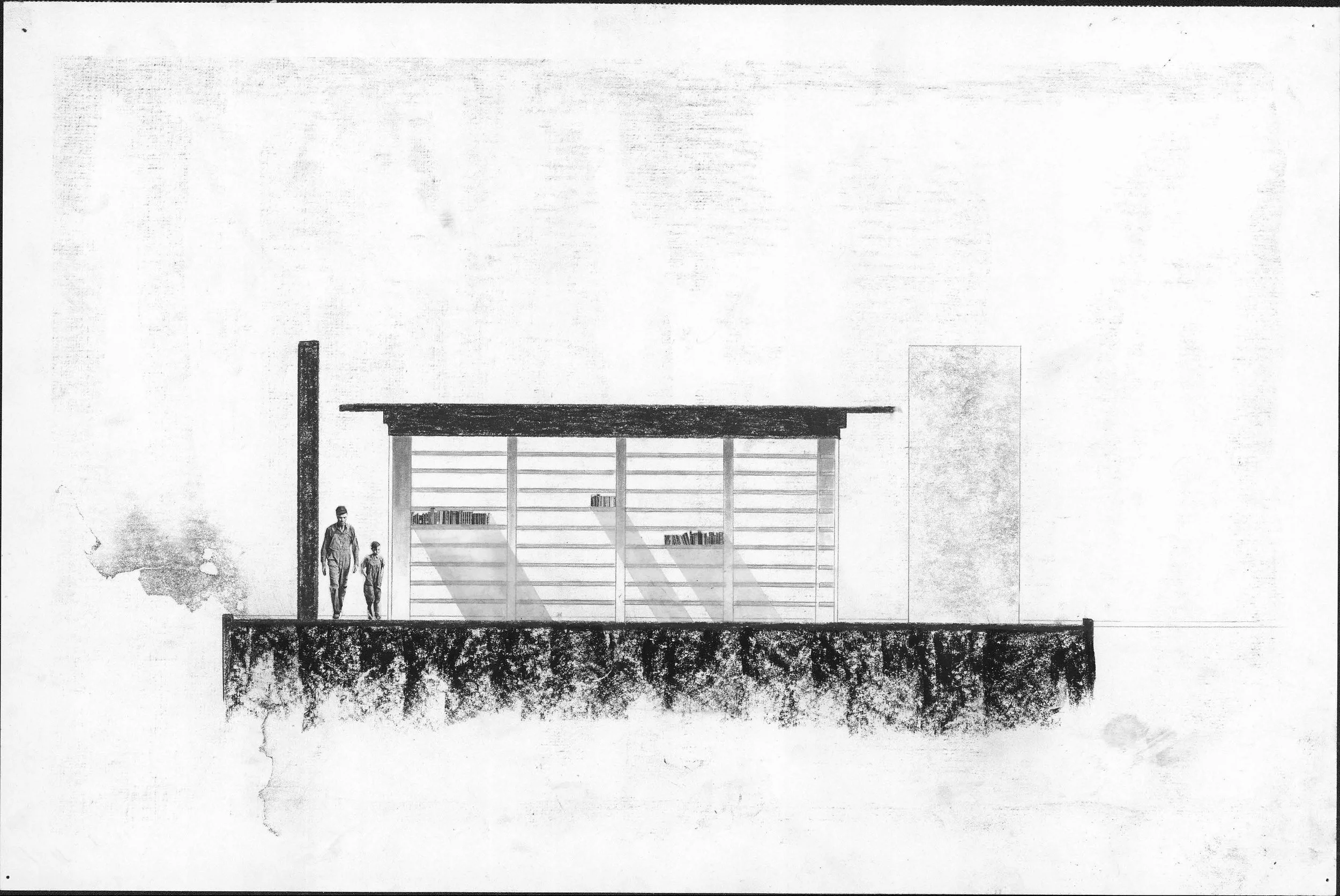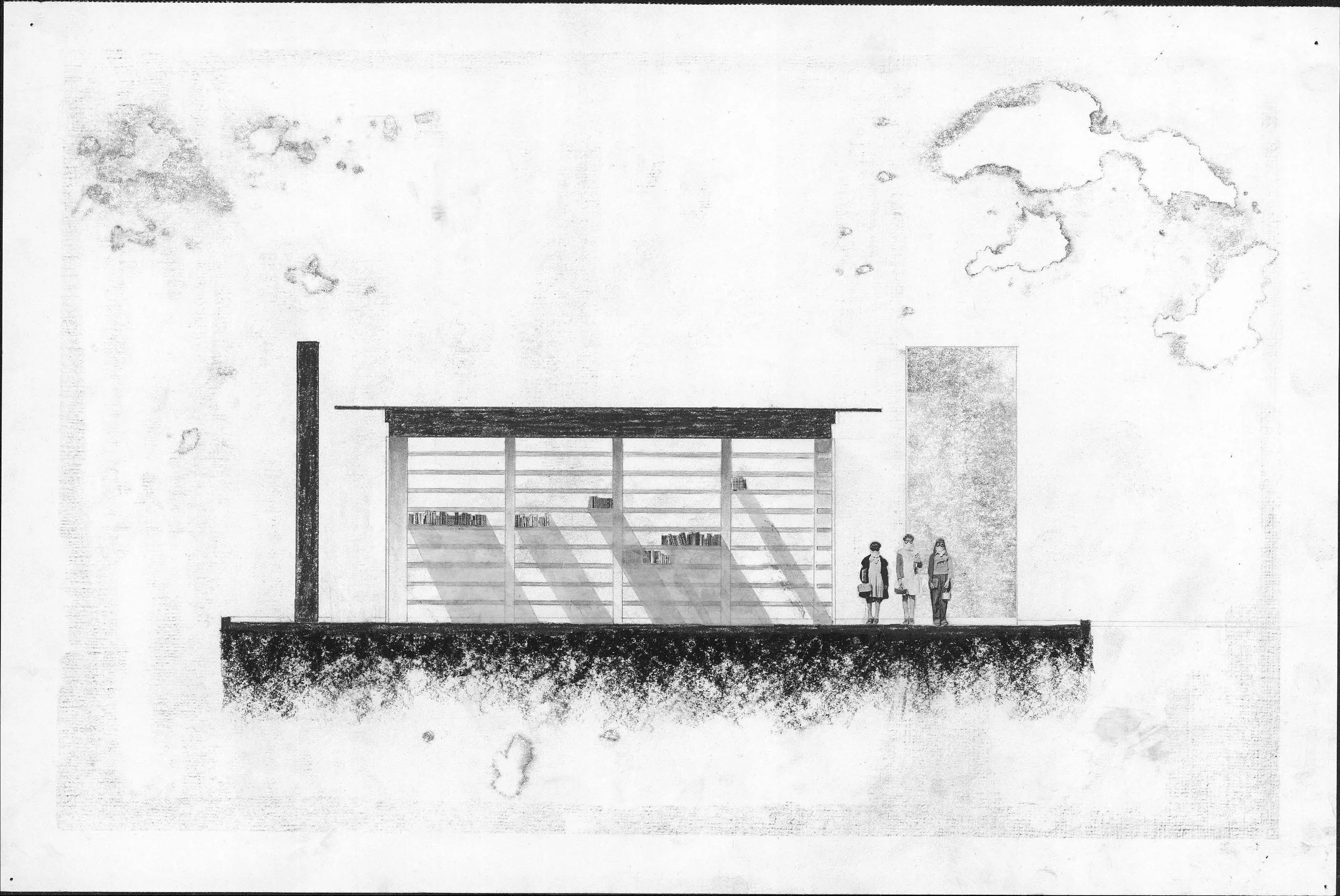This architectural project envisions a contemporary monastery situated in the heart of Iowa, specifically between the towns of Slater and Sheldahl within the Des Moines River Basin. The design is deeply rooted in the site’s natural conditions, drawing inspiration from the topography, water flow patterns, and predicted burn cycles of the surrounding prairie and wetland ecosystem. A key element is the concept of the Monastic Walk, a pathway designed to facilitate contemplation and a connection with nature. The monastery itself will serve as a living, working, and communal space for the monks, fostering a community dedicated to both spiritual growth and environmental stewardship.
1034
Under the instruction of Peter Goche
In collaboration with Braeden Green
The monks’ daily rituals will involve hands-on work restoring the land, mindful walks through the prairie, and meticulous documentation of their observations. This combination of activities aims to cultivate a unique blend of spirituality and scientific inquiry, where the monks gain intrapersonal peace and well-being through immersion in the natural world and diligent study of its changes.
The Line serves as the vital connection between the monastery and the sanctuary, a 600-foot gravel pathway that invites a meditative journey through the prairie. Elevating the traveler above the tall grasses, the path offers an immersive sensory experience, allowing for heightened observation of the surrounding landscape. The design of the Line shapes the journey and creates distinct moments of reflection. As the monks walk this path, they engage in a ritual of mindful movement, connecting their work on the land with a deeper understanding of its rhythms and changes, fostering a sense of peace and connection to the natural world.





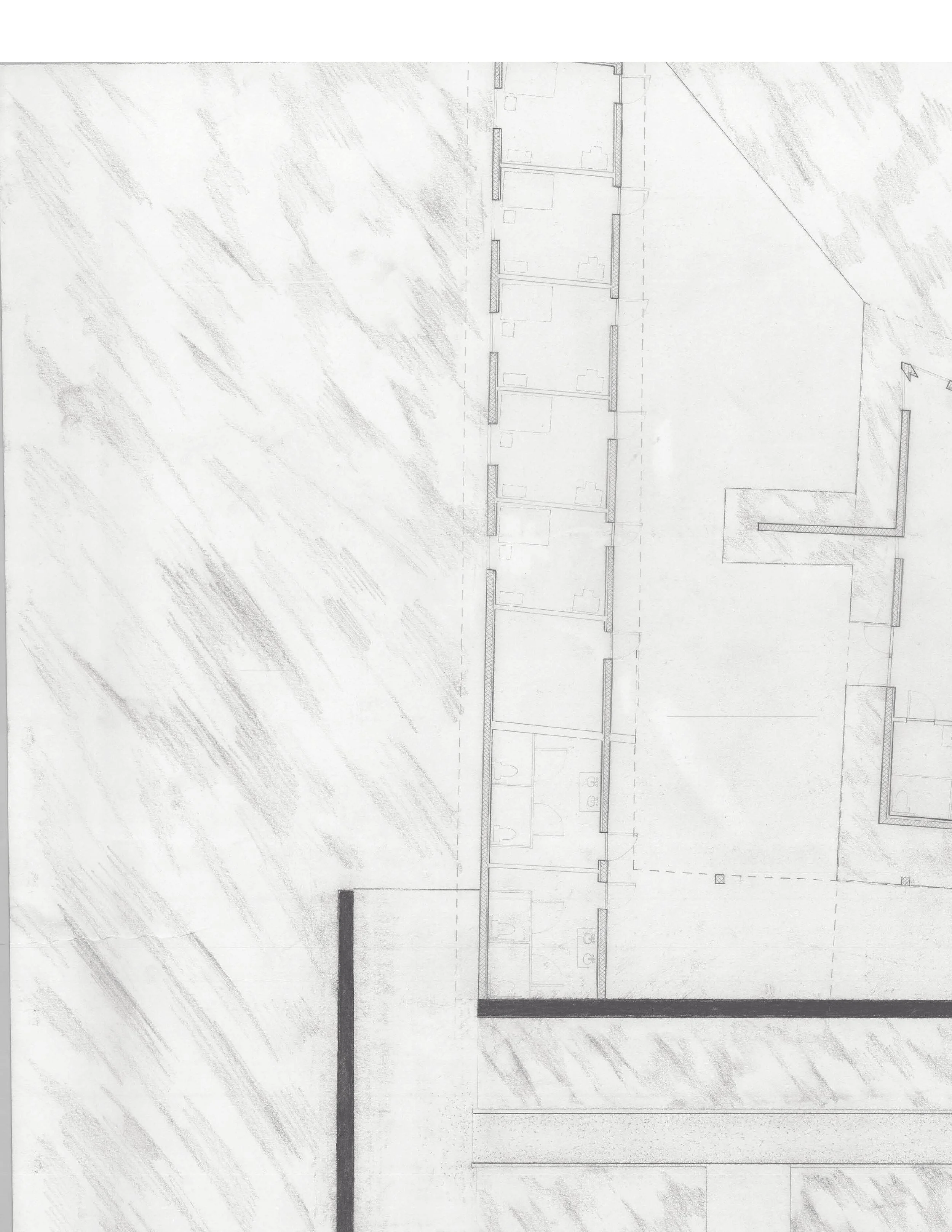






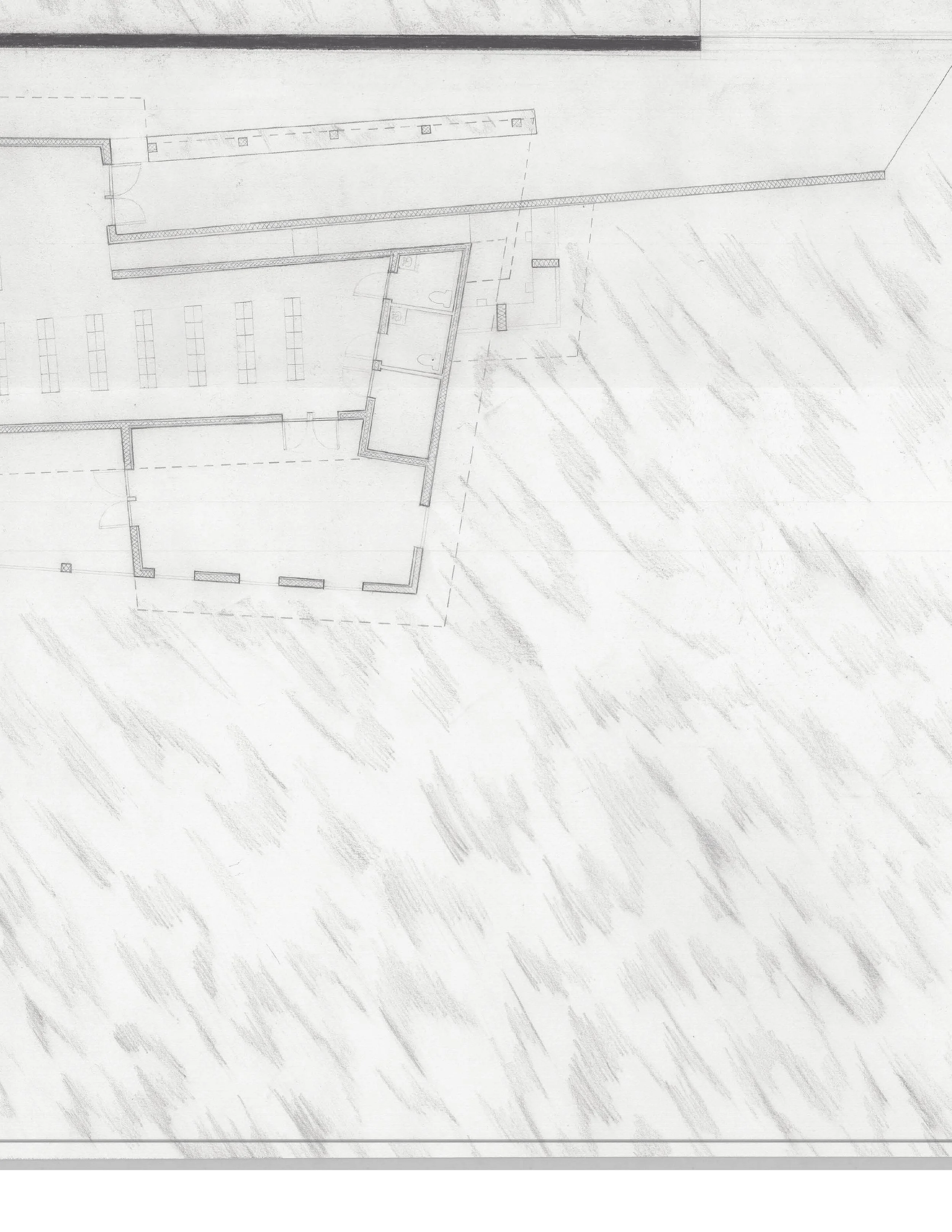




The sanctuary, also known as the Archive, stands as a glass-enclosed building surrounded by concrete walls that carefully frame views of the expansive prairie. Inside, shelves line the glass walls, purposefully designed to house journals documenting the monks’ daily observations of the surrounding environment. The ritual of filling these shelves becomes a meditative process, transforming the space over time. As the shelves gradually fill with records of the natural world, the quality of light within the Archive will shift, creating a visual representation of accumulated knowledge and the passage of time. This living archive becomes a testament to the monks’ dedication to observation, reflection, and the preservation of their environment.

